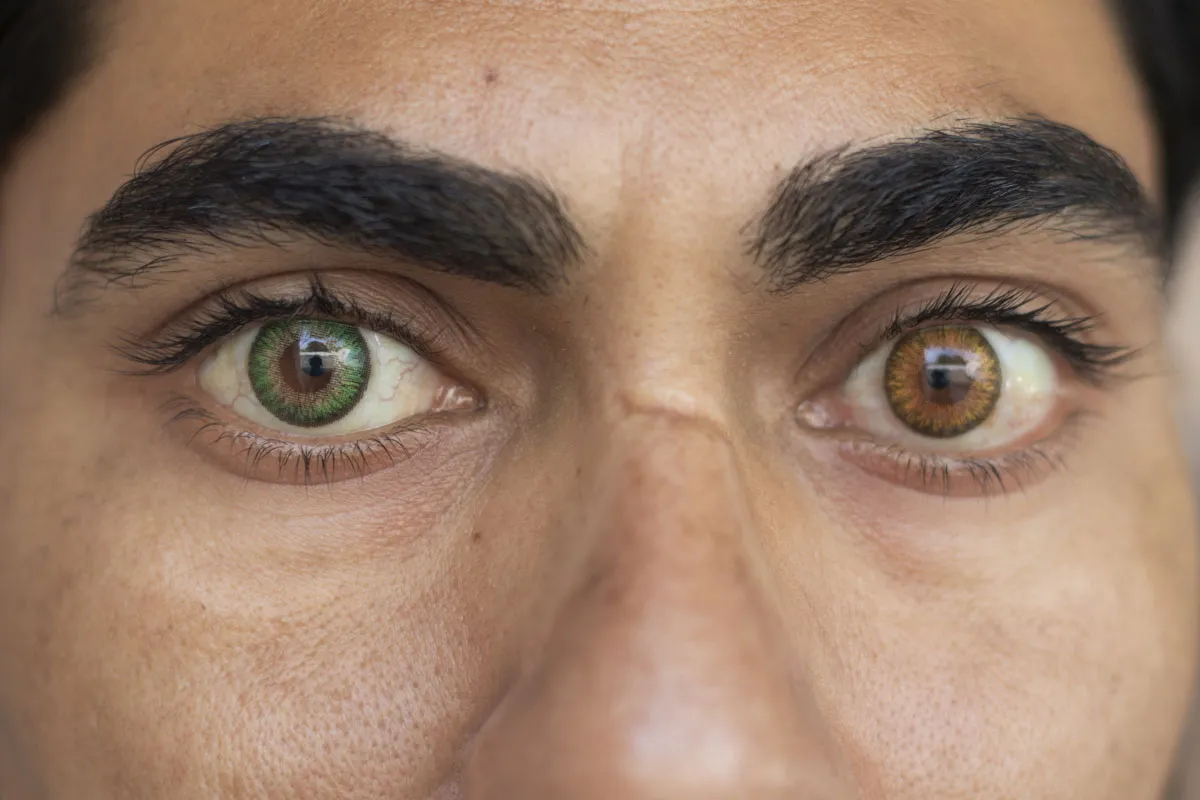The human eye can be an amazing variety of colours and some are much rarer than others. Contrary to popular belief, you can't always predict the eye colour of a baby just based on the eye colour of two parents. There's a complex process behind the eyes we inherit and it can lead to some very unusual results.
While the pupil in the middle of our eye is almost always black, the coloured ring around it, called the iris, may be any number of colours. The most common iris colour is brown. That means more people on Earth have brown eyes than any other colour. But what is the rarest eye colour?
What’s the rarest eye colour in the world?
Green is reported to be the world's rarest eye colour. A 2014 American Academy of Ophthalmology survey found that just 9 per cent of people have green eyes, while 45 per cent have brown eyes, 18 per cent have hazel eyes and 27 per cent have blue eyes. However, 1 per cent of people in that survey said they had an eye colour that wasn't brown, blue, hazel or green.
Rarer still is the condition of albinism, a condition that affects an estimated 1 in 20,000, which can give people a red or pink eye colour. In these cases, the iris is clear, but the blood vessels inside the eye give them a pink or red appearance.
Can people have different coloured eyes?
People with another rare condition called heterochromia can have different-coloured eyes. For example, they may have one brown eye and one blue eye. The condition can also cause two separate colours to appear in the same eye, with part of the iris one colour and the rest another colour.
Most people with heterochromia are born with it and experience no other health issues or problems with their eyes. However, other conditions can cause heterochromia, including Horner’s syndrome and Piebaldism.

What determines your eye colour?
Your eye colour is determined by interactions between different genes that you inherit, and occasionally a mutation. The genetics of eye colour is a complex science that goes beyond simply what colour eyes the parents of a child have. For example, two parents with blue eyes can produce a brown-eyed baby.
Most of the time, people have the same eye colour for life. The eyes of a blue-eyed baby may darken in their first year or even their first few years, but they otherwise remain stable.
There are, however, various conditions that cause a person's eye colour to change. For example, cataracts can make the eyes appear cloudy. A change in eye colour can also occur through injury.
Read more:
